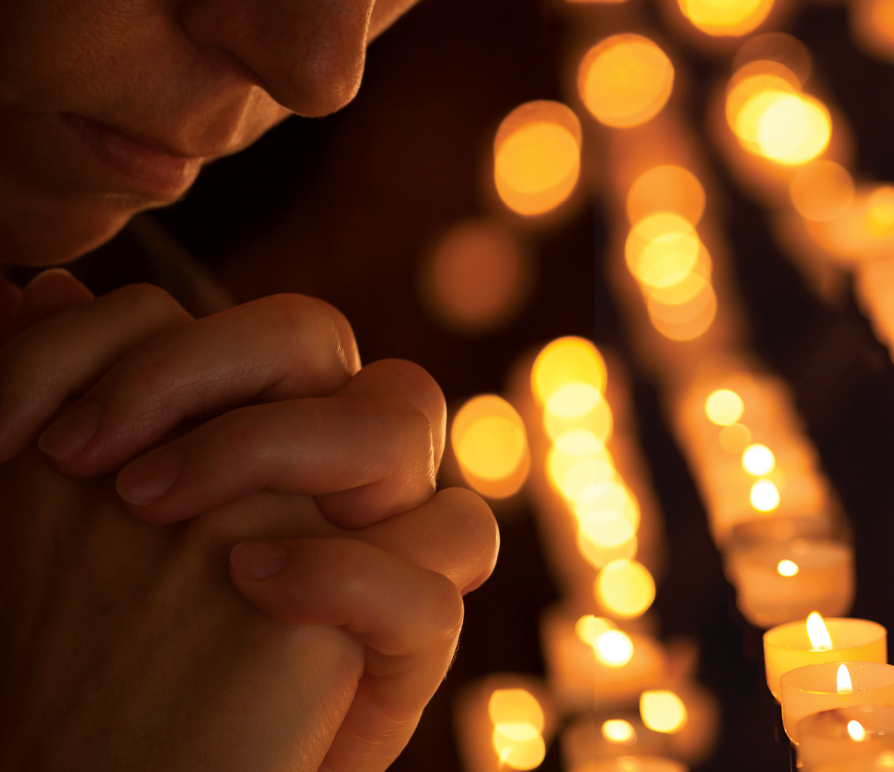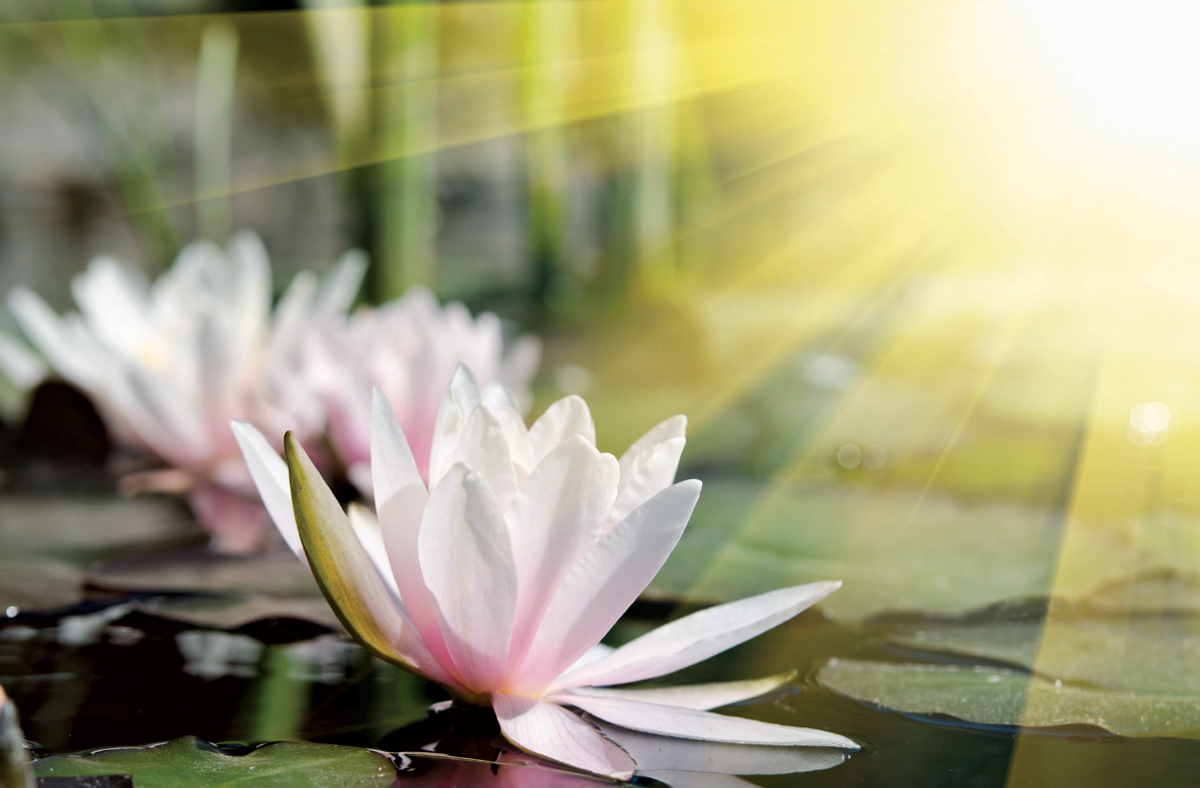The purpose of life is freedom. The purpose of our individual lives is to experience and celebrate that freedom. Kundalini Yoga is integral to the practice of Anuttara Trika—a thousand-year-old school within the non-dual Kashmir Shaivite Tantric tradition that focuses on the merging of individual consciousness with God’s Consciousness. This tradition emphatically asserts that it is each individual’s divine right to live in that state of liberation.
Non-dual Tantric Shaivism uses the terms Consciousness (Shiva) and energy (Shakti) to describe the fundamental structure of the universe. Shiva, the term in Tantric practice used to denote God, is the very foundation of existence, while the dynamic energy of Shakti creates the manifest world. These two inseparable principles, Consciousness and energy, represent the underlying unity of all of life: one magnificent expression of God’s absolute, autonomous freedom, or svatantrya. According to Tantric tradition, if we could only recognize ourselves as we truly are, we would discover that we are Shiva incarnate, and that his svatantrya is none other than our own.
The Shiva’s Trident mandala is a sophisticated description and methodology of recognizing just that. Tantric practices commonly use sacred, diagrammatic images called mandalas to convey the ultimate reality and imprint its experience on practitioners through contemplation and ritual. The image of this mandala, which is formally called trisulabjamandala, appears in the seminal Tantric text Tantraloka (which means “Light on the Tantras”), written by the eleventh-century Kashmiri master Abhinavagupta. Often referred to as Shiva’s Trident, this image is also known as Paramashiva Mandala or Anuttara Mandala because “Paramashiva” means “beyond Shiva,” and “anuttara” means “none higher.”
One of the most extraordinary things about the mandala is that it is a self-portrait. It is God’s self-portrait, and therefore our self-portrait. In its representation of Shiva and his powers—which are not separate or different from our own—the mandala depicts the essence of all Tantric Shaivism. The key to understanding it is recognizing that if it expresses God’s power, it also expresses our power. If it is God’s experience, it should also be our experience; and if it isn’t, it should be the experience we seek.
According to Tantric tradition, if we could only recognize ourselves as we truly are, we would discover that we are Shiva incarnate, and that his svatantrya is none other than our own.
Shiva’s Trident is an amazing image depicting the entire expression of Consciousness and its manifestation. It’s a profoundly simple and beautiful explanation of how, through Shiva’s power, and therefore our power, we can recognize ourselves as the source and holder of the powers of the universe. The trident is thus an eloquent expression of supreme, universal awareness, as well as the individual’s capacity to perceive and experience that awareness—a visual symbol of spiritual liberation according to the practice of Anuttara Trika.
Kashmir Shaivism
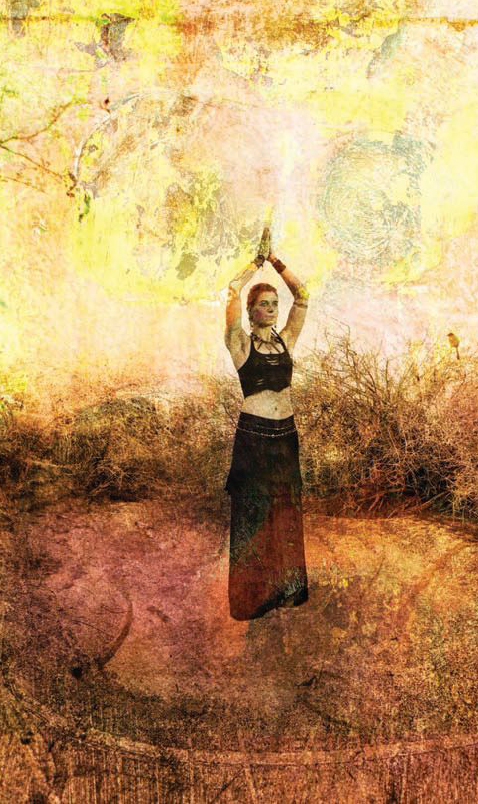
The teachings embedded within the mandala are best understood from the perspective of Tantric Kashmir Shaivism, an ancient, non-dual philosophical system characterized by its assertion that Universal Consciousness, or Shiva, is the fundamental substance of the entire universe. The goal of this system of yoga is for practitioners to realize their identity as Shiva by merging their individual consciousness into Divine Consciousness.
Although many Shaivite texts were written earlier, Tantric Shaivism reached its high point in the eleventh century as Abhinavagupta aligned and synthesized the teachings of the various Tantric traditions in his opus Tantraloka, for which he is understood as perhaps the greatest saint within the Tantric tradition. One of India’s most prolific philosophers, mystics, and aestheticians, Abhinavagupta formulated a single system, called Trika Yoga, to express that synthesis. Through his own self-discovery, and that of the saints who walked before him, he was able to elucidate a clear, concise, and incredibly sophisticated path to God.
It’s important to note that many other traditions before this time taught that infinite awareness is outside of you, and that the phenomenal world is an illusion, or maya. Tantric practices diverged from that in their understanding of the manifest world as not only real but also lila, a play of Divine Consciousness. Everything exists because of—and has its being rooted in—Supreme Consciousness. Shaivism is not a philosophy of opinions but the direct experience of practitioners who discovered within themselves the experience of union with Shiva.
In that period, many traditions asserted that God is outside of and separate from the individual. Accordingly, you can love and worship God, build temples and sing to God, but there’s a limit to your own experience. Departing radically from that, Tantric practices emphatically declared that there is no duality between God and the individual, and that such a notion is a misunderstanding. There is only God and his manifest expressions. Further, the purpose of individuated life is to discover the highest truth in yourself: You are God, and you have the divine right to know and experience that. Your individuated life is divinely offered to you for the discovery of that experience in yourself. This was a fairly significant point of difference.
Trika is one of the major schools of non-dual Shaivism, and the one that Abhinavagupta is most associated with. The term “Trika” refers to the triad of Shiva’s supreme energies of will, knowledge, and action, as well as Consciousness, energy, and the individual—three expressions of an undifferentiated Unity.
Shiva’s Trident Mandala
Within the Trika tradition, the Shiva’s Trident mandala depicts how Infinite Consciousness—using the powers inherent within itself—unfolds all manifestation, giving life to us in that process. According to Shaivism, the universe was created out of the five powers of Divine Consciousness:
Consciousness itself, bliss, will, knowledge, and action. The entire mandala represents the field of God’s Consciousness. Emerging from that field is a large central lotus representing bliss.
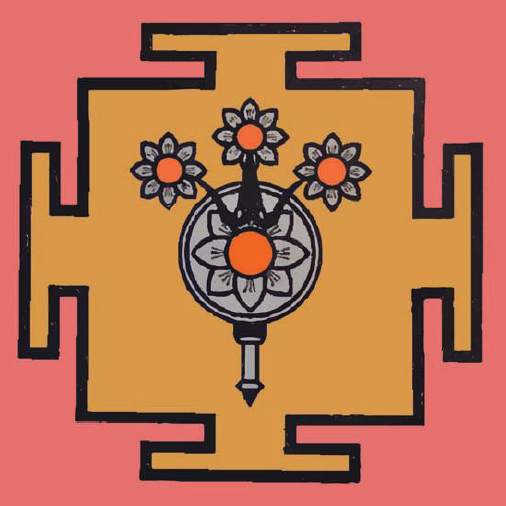
This mandala is also sometimes described as the Paradevi Mandala because emerging from the trident, out of Shiva Himself, are the three goddesses representing his divine powers of will, knowledge, and action: Para, Parapara, and Apara. The three prongs of the trident represent those three divine energies through which the emission of the universe takes place. What is fascinating to recognize is that the powers that create life—will, knowledge, and action—are shown emerging directly from the power of bliss, not the other way around, contrary to what we believe about our experience of life. Think of the profound shift that would occur in our experience if we understood that joy is something we infuse into the dynamics of our life, instead of perpetually seeking it outside ourselves.
The trident itself symbolizes the sushumna, the individual psychic body, where we personally experience the five divine powers of consciousness, bliss, will, knowledge, and action. The prominence and the centrality given to the individual within this sacred mandala is significant precisely because our individuated lives, divinely offered to us, are our means to discovering the highest truth in God.
The dot in the center of the diagram is called a bindu, the single, miniscule point of Infinite Consciousness, God’s presence. Everything unfolds from that, and this unfolding is God’s expression of Consciousness and freedom. Spiritual sadhana is how we return to that point, how we get back home, which is really what any authentic spiritual practice is about. As we return to that point, we penetrate through and understand each dimension of Consciousness and energy.
The Four Gates
At its highest, Tantric tradition says that we are already free, and there is nothing to be done in terms of practice. Yet for most of us, that recognition unfolds gradually through a combination of God’s Grace, our personal wish to grow, and some form of disciplined sadhana, or spiritual practice. As my teacher Swami Rudrananda (Rudi) always said, “the equation for spirituality is depth over time.” In looking at the mandala you’ll see four gates, which I have labeled grace, inner practice, service, and devotion. You must enter the spiritual dimension through these gates. While ultimately there is no inside or outside to the field of Consciousness from which we arose, the problem is that we perceive ourselves to be outside it, and that perception limits our capacity to function from inside that centeredness and openness. These are the four gates into our own heart, which is not different than the heart of God.
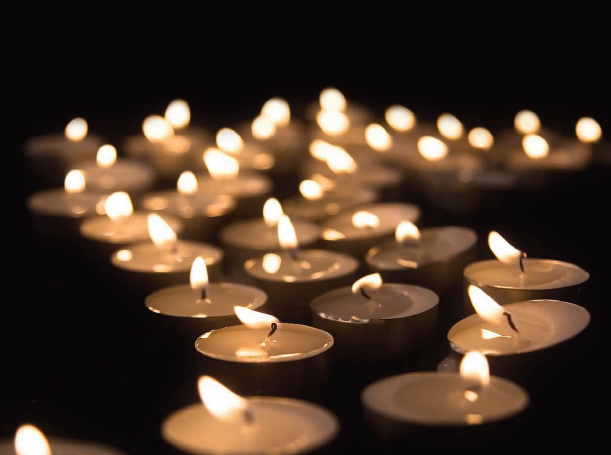
In spiritual practice there are many ways to approach the involution process, including service, the practice of surrender, interaction with a teacher, and meditation. It’s through the receiving of Grace and the awakening of the Kundalini that we begin to dissolve the veils of duality—I am separate, I am different, I am the doer—that are part of our misunderstanding. We pierce those veils by awakening the Kundalini within us and allowing it to rise up through the sushumna, open the chakras, pierce the granthi (the dense knots and blockages within the psychic body), and reveal Unity. In the practice of Kundalini Yoga, the primary method for receiving Grace is through shaktipat (transfer of spiritual energy) from an authentic teacher.
The most important aspect to recognize about the mandala is that the field of Consciousness it represents—svatantrya, absolute, autonomous freedom—is ever present. The consciousness of freedom is the choice to enter that space, through one or all of those gates simultaneously, which is how we get back home.
The Tattvas
Embedded within the trident is the discussion of the tattvas, the thirty-six levels of Consciousness that Shiva stratifies himself into in the creation of the world. Through his own joy and will to express his freedom, he creates the entire manifest universe, which is simply one continuum of Divine Consciousness and energy vibrating at different frequencies. As it unfolds and descends, it goes through a process of contraction, from pure Infinite Consciousness all the way down to slower and denser frequencies, like inert matter. Within this spectrum of densification, the human being shows up.
As the manifest universe gets created, with it arises the appearance of duality. In Shaivism, form is understood as the appearance of duality, not the reality of duality. As human beings, our experience in life is in the world of form; we don’t see the source of form. While Tantric practices never deny the experience of duality, it is understood as a limited experience. In reality, there is no duality.
The tattvas depict individuated human consciousness as none other than God’s supreme and unbounded Consciousness, albeit in a contracted and limited form. At the same time, they also describe how individuated consciousness can ascend back through those same levels of awareness to its infinite source. This is the purpose of spiritual practice: to ascend back through the tattvas, through God’s own emission and multiplicity, and achieve union with our Divine Source. The purification of the tattvas—the purification of our understanding of Consciousness itself—is the practice of Kundalini Yoga, the raising of the dormant vital energy and Consciousness back to its source.
Shiva’s Trident: a road map to freedom
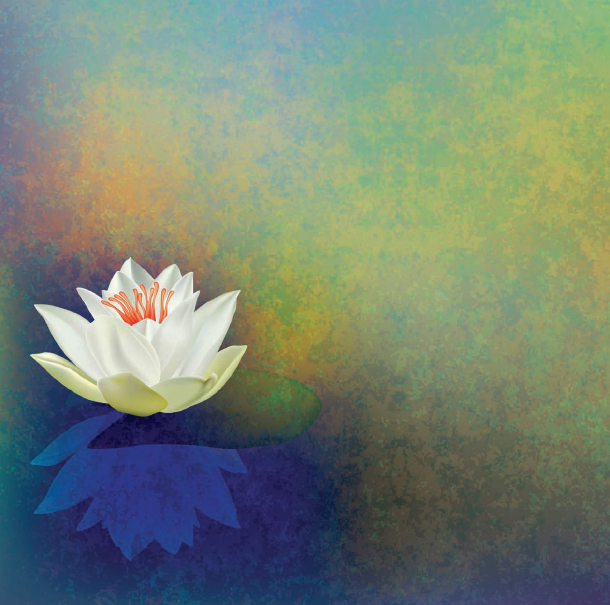
One of the things I love most about this mandala is the prominence of the large lotus in the center, which represents both joy and the heart. This is a clear statement that the purpose of life is to experience the joy of living, that life is the expression of the unconditional joy of our own existence. That bliss is the state of unconditionality, the state of surrender. What this suggests is that we must discover that bliss, and that any condition that seems to be a barrier to that bliss represents our misunderstanding that it’s a barrier. In fact, it’s probably the doorway. The powers that emerge out of Shiva’s Consciousness are the same powers we use to discover that joy, and in discovering autonomous bliss, we can discover God.
If we’re not happy, we’re not going to find joy. We must truly love our life and find the simple happiness for the opportunity to discover the highest truth in ourselves. The things we’re attached to, reach for, and reject, are not what we need to live in joy. We need nothing to live in joy. When you find yourself reaching for something because part of you feels incomplete, stop reaching. Open your heart. Find that fullness inside. Then everything that’s part of your life is part of that same fullness.
You may be reading this thinking, “It can’t be possible that I could simply live in joy.” But it is that very thought that limits the capacity to experience it. Spiritual sadhana is about transforming our perception of what is possible. Rudi once described God showing up and telling him:
“You must work and teach every day until the day you die. And never forget, you’re not here to serve the world; you’re here to serve me.” What an amazing message, from God himself, that if you mistake the world for the source of the world, you will never discover it. You must penetrate through and consume it. Rudi translated that into one of the most Tantric statements ever made: “Life must be consumed whole, with all its pain, joy, and sorrow.” Without negating any of it, he understood that God’s emission is the celebration of freedom and, at the same time, the obscuration of that freedom.
Every day I wake up and am amazed at the choice each of us has to live in a deeper dimension within ourselves, to truly surrender in the face of whatever adversity we may be facing, so that we recognize how precious and extraordinary life is simply because it allows us the opportunity to know God. The understandings and methods embedded within the iconography of Shiva’s Trident exist to help us in the search for that ultimate reality.
At this very moment, we have everything we need in our life to experience God’s Consciousness. All our practice, sacrifice, service, and surrender bring us to the recognition that we always had it all along. And that is the point of the Shiva’s Trident mandala: God’s emission creates this incredible multiplicity that can catch and confuse us. Instead of rejecting multiplicity or saying it’s unreal, we must discover its source. Ultimately, we must go through life to be free of it. We must go through duality to be free of duality. This is the fundamental canon of Tantric Shaivism. There isn’t God and the illusion of the world. There is only God. Liberation means understanding that there can be one and many at the same time.
There is beautiful language in many different traditions describing the process of spiritual sadhana and freedom. One says it’s the journey to God. Another expresses it as the journey in God. The Tantrics say it’s the journey as God. Of course, there’s no real distinction between the three. We have this longing and wish to know God. We reach for God. We offer ourselves to God. As some degree of our separation begins to fade, we realize we are just moving in God. This journey, so articulately described within the mandala, is the descent of Consciousness and Its return. If we don’t get caught up in the details of that, we come to understand and experience that there is—and always ever was—only God in the journey.
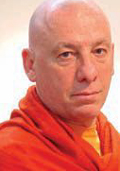 With mastery etched from four decades of inner practice and selfless service, Swami Khecaranatha is an authentic adept of Tantric Shaivism and an initiated carrier in the Shaktipat Lineage of Bhagavan Nityananda and Swami Rudrananda (Rudi). Khecaranatha is also the author of Depth Over Time: Kundalini Maha Yoga, A Path of Transformation and Liberation, and Merging With the Divine, One Day at a Time. www.heartofc.org
With mastery etched from four decades of inner practice and selfless service, Swami Khecaranatha is an authentic adept of Tantric Shaivism and an initiated carrier in the Shaktipat Lineage of Bhagavan Nityananda and Swami Rudrananda (Rudi). Khecaranatha is also the author of Depth Over Time: Kundalini Maha Yoga, A Path of Transformation and Liberation, and Merging With the Divine, One Day at a Time. www.heartofc.org








